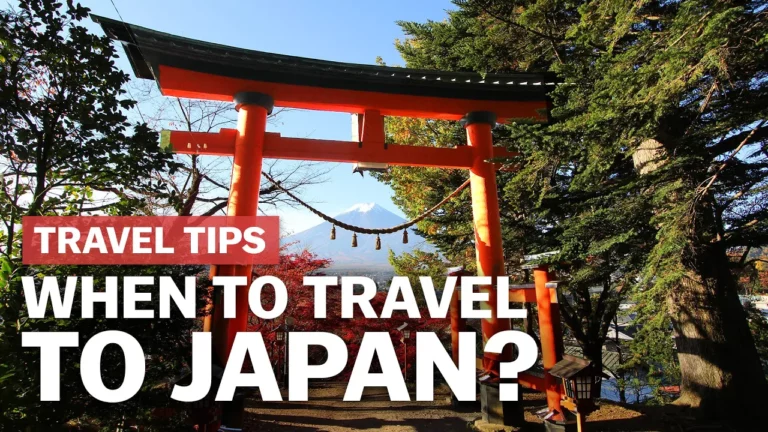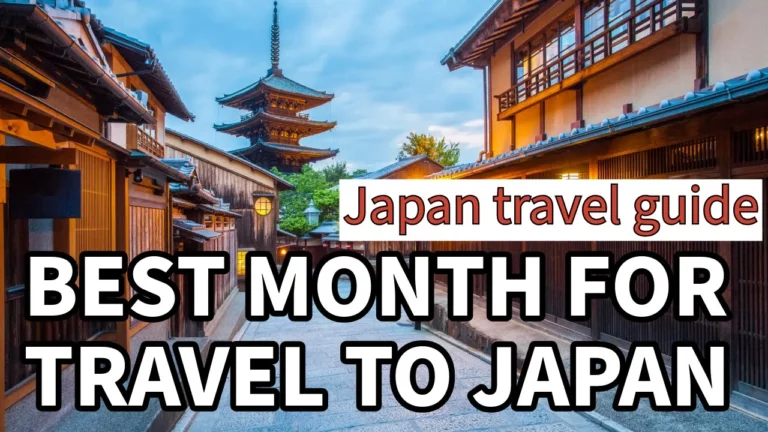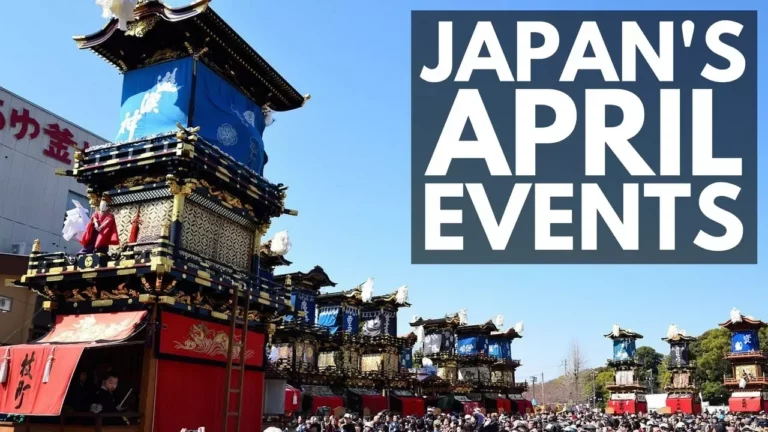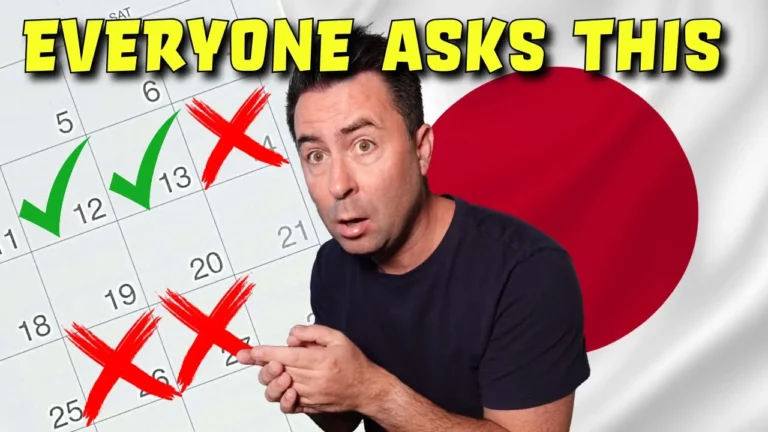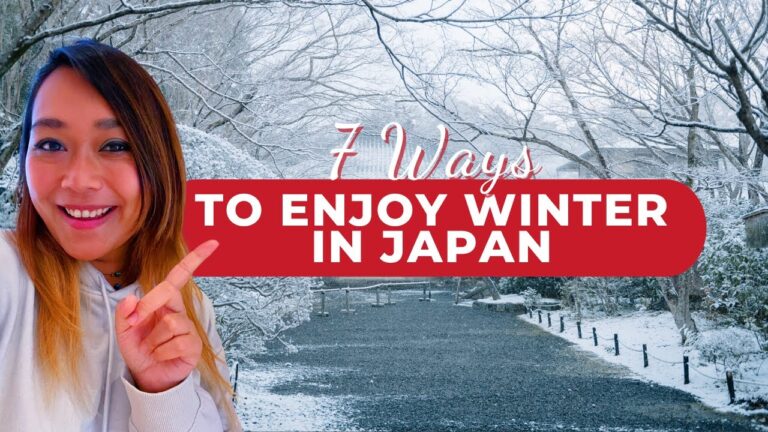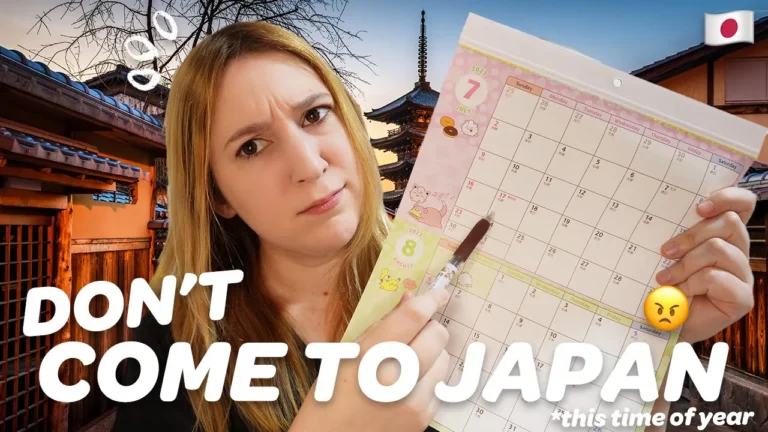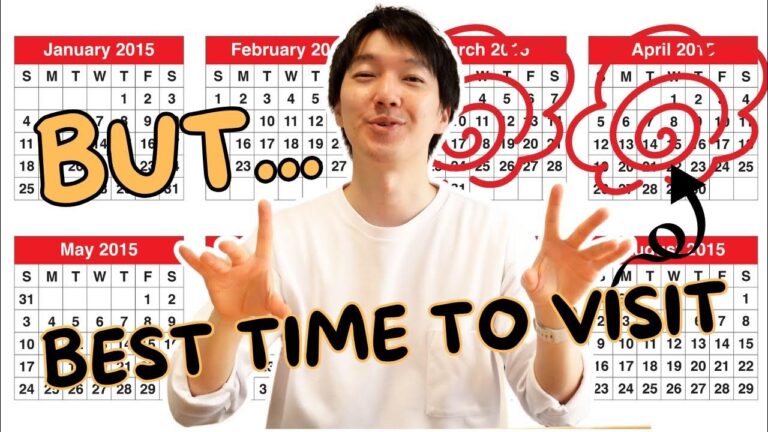When planning a trip to Japan, one of the key factors to consider is the timing of your visit. Understanding the different seasons and events can greatly enhance your experience in this beautiful country.
Low Season: January to March
During these months, Japan experiences its low season. While some businesses and attractions may close for the New Year holiday, this time is ideal for uncrowded and affordable travel. February, the coldest month, marks the peak of the ski season, offering breathtaking snowy landscapes and unique festivals like the Sapporo Snow Festival.
High Season: April to August
April and May bring fantastic weather and blooming cherry trees, making it a popular time to visit. However, this period can get crowded, especially during the Golden Week holiday in late April to early May. August is hot and humid, with school holidays leading to crowded beaches and summer festivals across the country.
Shoulder Season: September to December
The shoulder season from September to December offers a mix of weather patterns, from the rainy season to cooler autumn days. September can experience typhoons, while October brings events like the Roppongi Art Night. November sees crisp days and autumn foliage, drawing crowds. December is cold but festive, with unique Christmas decorations and light shows.
In conclusion, the best time to visit Japan depends on your preferences for weather, crowd levels, and specific events. Consider visiting during May or September for better weather and fewer crowds. Regardless of the season, Japan offers a unique and beautiful experience year-round. Whether you are exploring cherry blossom festivals in spring or enjoying winter snow festivals, Japan has something to offer for every traveler.

